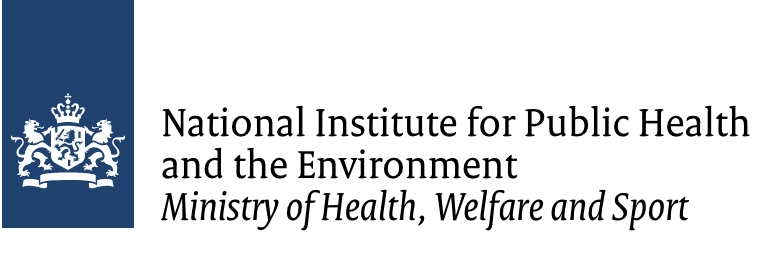Each year the Dutch National Institute for Public Health and the Environment (RIVM) produces numerous reports and publications on all aspects of public health, nutrition and food, health care, disaster management, nature and the environment.
In addition, RIVM employees publish scientific articles in national and international journals.
Elk jaar brengt het Rijksinstituut voor Volksgezondheid en Milieu (RIVM) talloze rapporten en adviezen uit over volksgezondheid en gezondheidszorg, voeding, natuur en milieu en rampenbestrijding.
Daarnaast publiceren RIVM-medewerkers wetenschappelijke artikelen in (inter-)nationale tijdschriften.
We are constantly working to improve the Repository. Please contact our administrator if you have any further questions or remarks.
